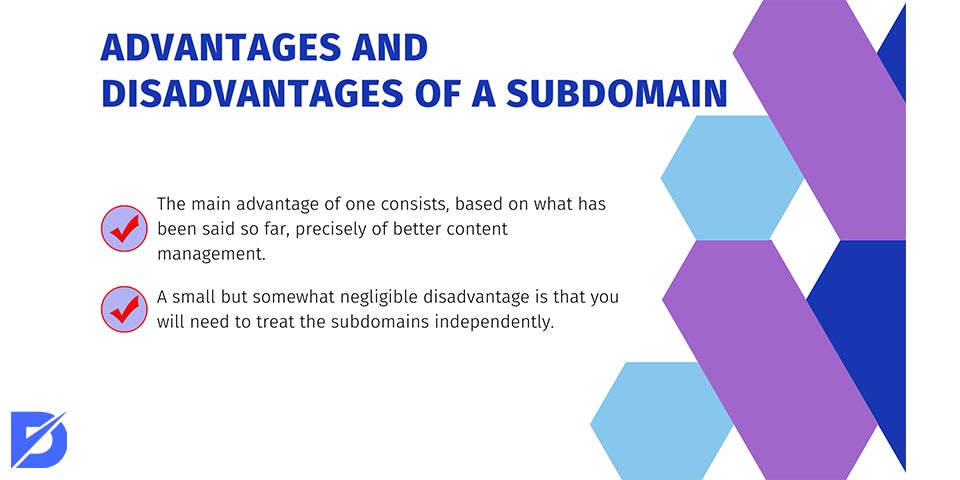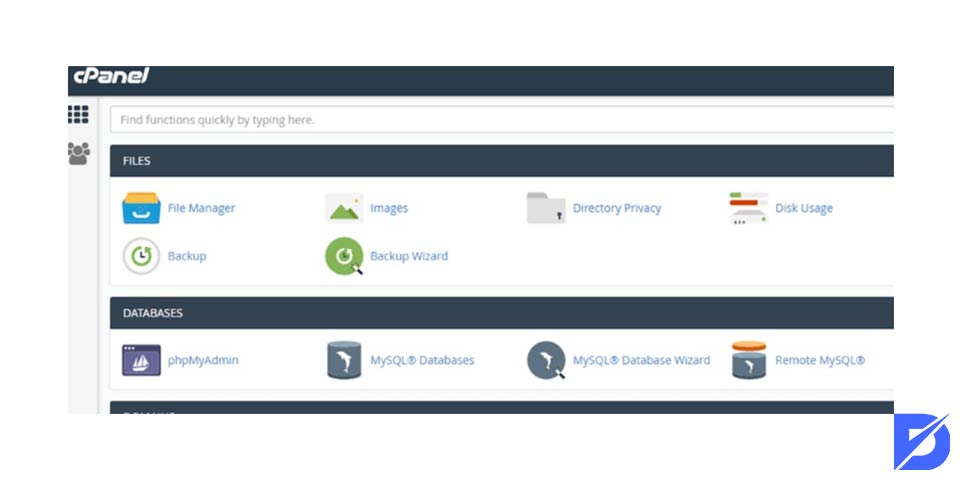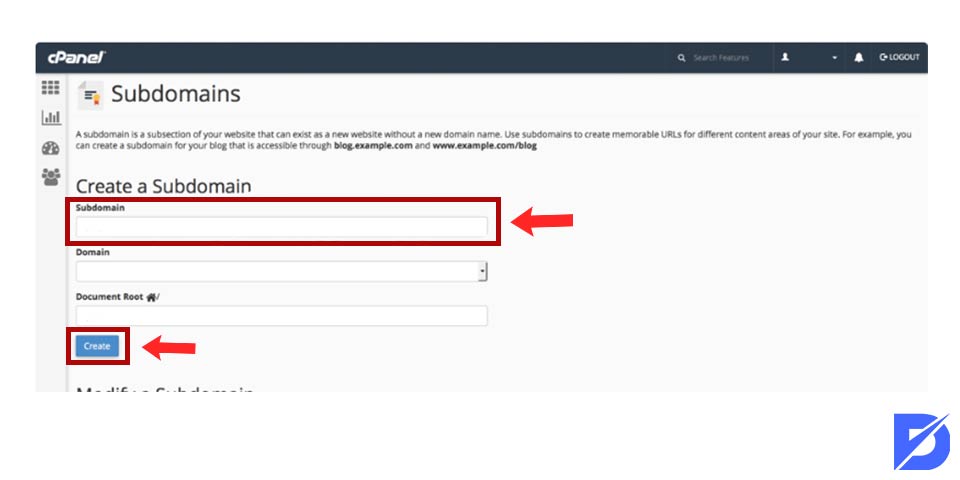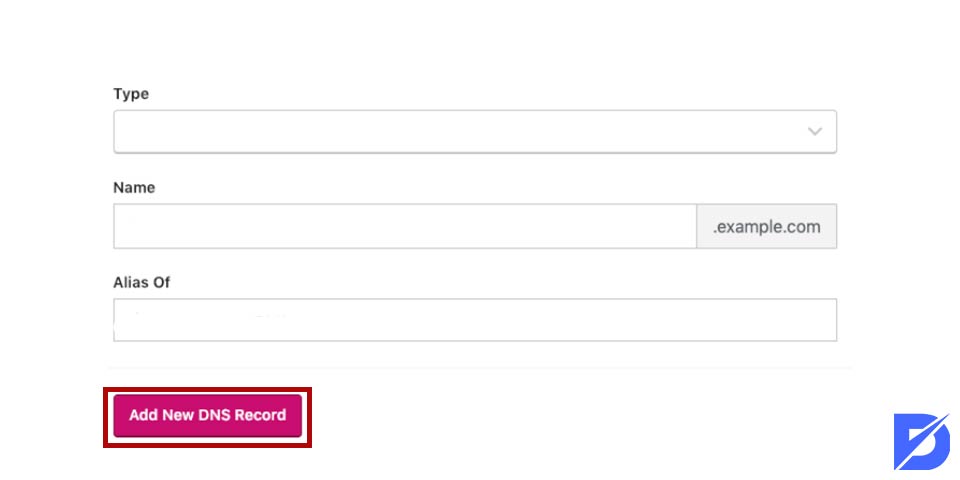Most providers also offer a subdomain purchase when activating a hosting plan or registering a domain name. But what exactly is it, and above all, when it is important to activate it? Let’s check all the details about it and learn ways to create one through this guide. We will begin from the basics.
What Is a Subdomain?
We start from the official definition provided by ICANN (Internet Corporation for Assigned Names and Numbers); a subdomain is a domain that resides within another domain.
To better understand the concept; you must think that each domain name is composed of a top-level domain; the extension (for example, .co, .com, .org, and so on), a second-level domain, or the actual name site and a third-level domain. The latter domain is considered a subdomain of the second-level domain and a subdomain of the top-level domain. In general, the term subdomain indicates a third-level domain.
Subdomain.dopinger.com can represent an example of a subdomain. The “subdomain” string represents a third-level domain of “dopinger.com.” It refers to a particular section of the site dedicated exclusively to the subdomain.
When to Activate a Subdomain?
In general, a subdomain’s usefulness refers to a specific section of the site. For example, in the case of a corporate website, it might be useful to have a subdomain dedicated to a particular top product, assigned to the company blog, or still dedicated to customer support and so on.
For large portals, the subdivision into subdomains is very useful. It allows you to manage the information better and facilitates the users’ orientation towards the contents of interest. Think of a multinational company operating in multiple sectors. It would be impossible to believe that we can manage all the information relating to the various sectors within a single site and, therefore, within a single domain. The most obvious thing is to activate as many subdomains as company sectors and manage the various sites separately, even under the name of a single brand.

Advantages and Disadvantages of a Subdomain
The main advantage of one consists, based on what has been said so far, precisely of better content management. Thanks to the subdomains, it is possible to create different thematic categories, useful for users searching for information. This possibility brings another intrinsic advantage; the division of content into categories with specific domains does nothing but improves the site’s indexing.
Unfortunately, most search engines consider subdomains as real domains separate from the main ones. This means that it is as if you have multiple sites for each subdomain. From an SEO point of view, this division involves a double job. It’s necessary to proceed with the optimization operations not only on the main site but also on the various subdomains. You need to manage them just as if they were separate sites.
To understand if it is appropriate or not to activate one, you need to check if you have the time and resources to be able to cure a double site. If this is not possible, you can always move towards using subfolders of the type www.dopinger.it/subfolder. Which, however, offers the same results in terms of positioning.
Another small but somewhat negligible disadvantage is that you will need to treat the subdomains independently. In case you use paid themes or plugins, you will have to buy the tools you are using on the main domain and the subdomain.
How about turning the content you trust most into a lead generation tool with content syndication? You can market many types of content this way, such...
Google recently changed the balance by introducing a metric called next-paint engagement (INP) to track page experience. INP stands out as an empirica...
This disadvantage is totally up to you, in that you decide whether or not to buy them is not something “mandatory.”
How to Create Subdomain
If you’ve decided to create subdomains and are wondering how to do it, there’s no need to worry. It’s a pretty easy process. You can use your web hosting service provider to create a subdomain. We have listed the simple steps for you to create a subdomain.

- Give a name to your subdomain. At this point, simply name your domain without thinking too much. For what purpose do you want to create this domain? You can give that name.
- Log in to CPanel through your web hosting provider.

- Add your domain. Now all you have to do is add the domain you created.

- Create a DNS record. After creating your domain, you need to open a new DNS record for it.
- Finally, after creating your domain, all you have to do is wait.
If you want to learn more about the domain structure topic in greater detail, check out the full guide about what is a domain.
Conclusion
To summarize, a subdomain is part of a URL that comes before the “main” domain name and the domain extension. Subdomains can help you divide your website into logical parts or create separate sites, such as a separate blog for each sport. Hopefully, this simple guide was helpful for you to learn more about this topic. See you soon!





1 Comment
Great post, it really explains what a subdomain is and how to use it. I would suggest adding more examples to help readers understand better.